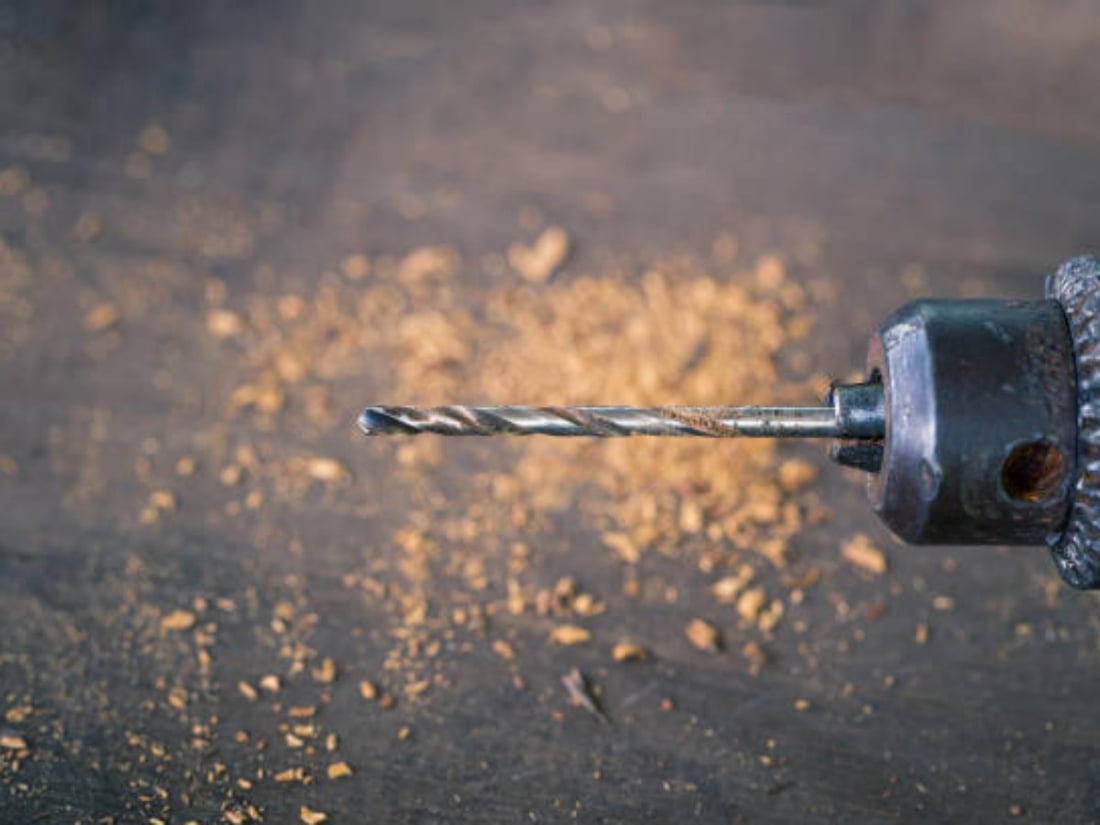Why Carbide Reciprocating Blades Are the Best Choice for Woodworking
When it comes to woodworking, having the right tools is crucial for achieving precise and efficient results. One such tool that every woodworker should have in their arsenal is a carbide reciprocating blade. These blades are specifically designed to cut through wood with ease, making them an essential tool for any woodworking project. In this article, we will explore the various aspects of carbide reciprocating blades for wood and why they are the best choice for your woodworking needs.
The Benefits of Using Carbide Reciprocating Blades
Carbide reciprocating blades offer a range of benefits that make them superior to other types of blades when it comes to cutting wood. The main advantage of carbide blades is their exceptional durability. Unlike traditional steel blades, carbide blades are made from a combination of tungsten carbide and cobalt, which makes them incredibly resistant to wear and tear. This means that carbide blades can withstand the demands of cutting through even the toughest types of wood without losing their sharpness.
Efficient Cutting Power
Carbide reciprocating blades are known for their superior cutting power. Their sharp teeth and rigid design allow them to effortlessly slice through wood, delivering clean and precise cuts. This efficiency is especially important when working on large woodworking projects, as it reduces the time and effort required to complete each cut. Whether you are cutting through softwoods or hardwoods, a carbide reciprocating blade will ensure smooth and accurate cuts every time.
Versatility in Woodworking
Another noteworthy aspect of carbide reciprocating blades is their versatility. These blades are suitable for a wide range of woodworking applications, including cutting, shaping, and pruning. Whether you are building furniture, installing flooring, or trimming trees, a carbide reciprocating blade can handle it all. The ability to perform multiple tasks with a single blade not only saves you money but also eliminates the need for purchasing and switching between different types of blades.
Longevity and Cost-Effectiveness
Investing in a carbide reciprocating blade is a wise decision for any woodworker looking for a long-term solution. These blades are built to last and can withstand heavy use without losing their cutting edge. While carbide blades may have a higher upfront cost compared to their steel counterparts, their longevity makes them a cost-effective choice in the long run. You won't have to worry about constantly replacing worn-out blades, saving you both time and money.
Reduced Vibrations and Noise
Woodworking can be a noisy and vibration-filled activity, especially when using low-quality blades. However, carbide reciprocating blades offer a solution to this problem. Thanks to their superior design and construction, these blades minimize vibrations and noise during cutting. This not only provides a more comfortable working experience but also reduces the risk of hand fatigue and improves overall safety in the workshop.
Choosing the Right Carbide Reciprocating Blade
When selecting a Carbide reciprocating blade for wood, there are a few factors to consider. Firstly, you should choose a blade with the appropriate length and width for your specific woodworking needs. Additionally, pay attention to the number of teeth on the blade. Blades with more teeth are ideal for finer cuts, while blades with fewer teeth are better suited for aggressive and fast cutting. Lastly, consider the type of wood you will be working with. Different woods may require different blade configurations to achieve optimal results.
Maintaining and Sharpening Carbide Reciprocating Blades
Proper maintenance and sharpening are essential for maximizing the lifespan of your carbide reciprocating blade. To maintain your blade's performance, regularly clean it after each use and remove any resin or debris that may have accumulated. Additionally, use a blade lubricant to reduce friction and prevent overheating during cutting. When it comes to sharpening, carbide blades can be sharpened using a diamond file or a specialized carbide sharpening tool. However, it is important to follow the manufacturer's instructions to ensure safe and effective sharpening.
Conclusion
Carbide reciprocating blades for wood are a must-have tool for any woodworker, whether you are a professional or an enthusiast. Their durability, cutting power, versatility, and cost-effectiveness make them the ultimate choice for all your woodworking needs. By investing in a quality carbide reciprocating blade and properly maintaining it, you can enjoy precise, efficient, and enjoyable woodworking experiences for years to come.
If you are interested in our products or services, please feel free to contact us.


